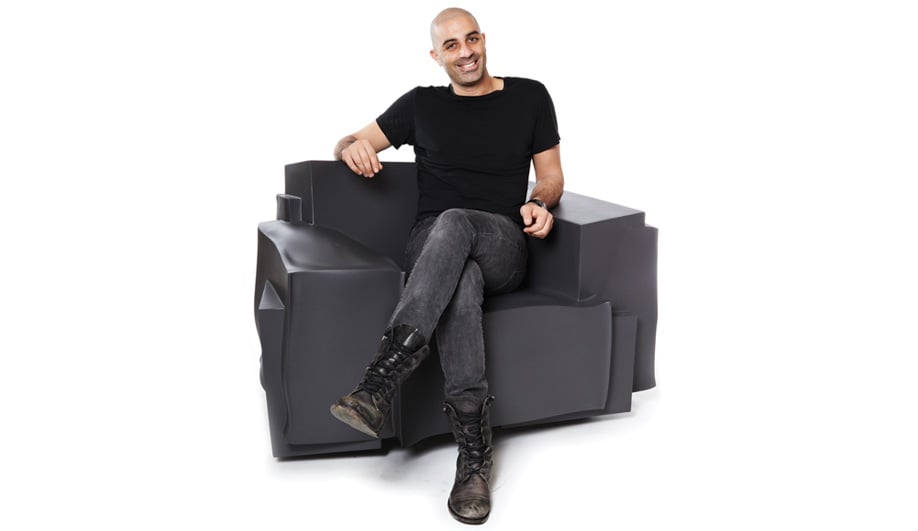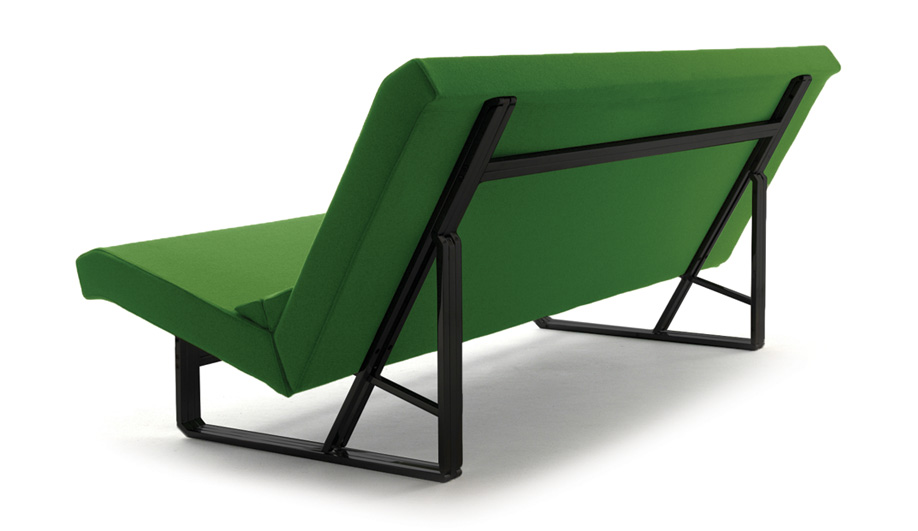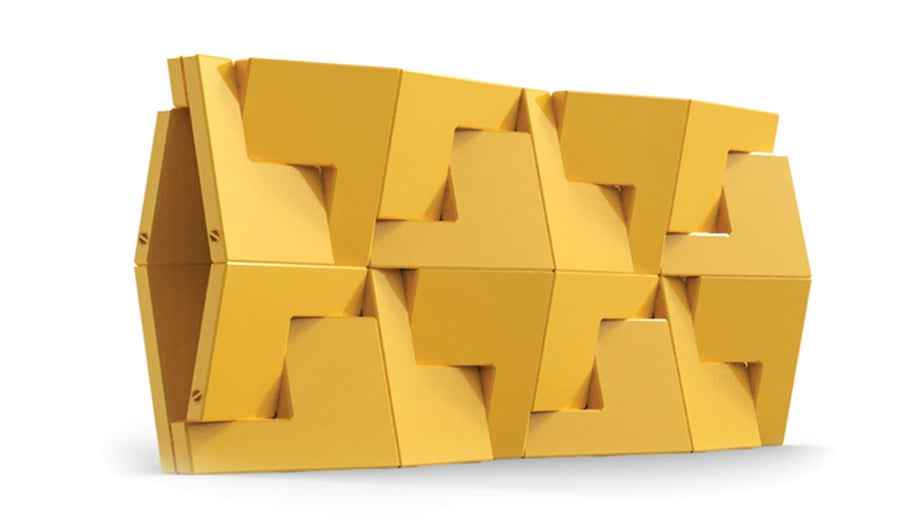Since he launched his studio in new York in 2002, Israeli designer Dror Benshetrit has built a reputation for both his self-directed experimental projects, and his commercial interiors and product designs, which include chairs for Cappellini and bags for Tumi. In advance of his Azure Trade Talk at Toronto’s Interior Design Show, we wanted to know more about how he has compiled such a diverse portfolio, and how designers can approach a prestigious manufacturer.
AZURE: You invented the Quadror truss system for supporting everything from tables to temporary housing. What did you learn from developing the concept?
Dror Benshetrit: We learned how certain industries are open, or less open, to new ways of doing things. The structural engineering studies that inform major projects today are very slow to adapt to innovation, so we learned different ways of penetrating these markets. Rather than knocking on doors and proposing something, we introduced it to the media and let them inform the worlds of design and architecture, so that companies come to us.
AZ: How has that influenced your more consumer-oriented work?
DB: Because Quadror started out as a chandelier and evolved into a potential structure to improve relief housing, it proved to us that projects can have much more of a relationship to one another than you may think. We are a holistic practice, and we try not to repeat ourselves. When we have designs with a similar scope to something we have done
in the past, we remind ourselves not to necessarily think about them with the same vocabulary, but in a whole different way.
AZ: What are you working on now?
DB: A lot of architecture: a building in New York, another in Miami. We’re doing a very interesting park; we have never worked on a landscape project at this scale, with a large master plan by a big architecture firm. We’re doing a chain of retail stores, a bedding collection for an Italian company, a couple of outdoor furniture pieces, a cosmetics line. At any given time, our office is working on 10 to 15 different projects in their DNA stages.
AZ: You have been successful in working with big manufacturers, such as Cappellini. How can a designer get the attention of a Giulio Cappellini or a Patrizia Moroso?
DB: These two design leaders are creative and avant-garde in their own way, so everything you do has to have the same avant-garde and creative approach. If you have this fantastic idea for a revolutionary chair for Cappellini, you have to be as creative with everything else around it. If it’s something that needs to be loud and needs to be in middle of the street in Milan during Design Week, make it loud and put it in the middle of the street in Milan. If it’s more sophisticated and clever and quiet, then find a way to do that. If we’re talking graphically, think about the places where these companies advertise, and try to make what you’re proposing to them a campaign. As we say here, a brilliant product needs a brilliant business plan.
Also, be smart about defining your ambition. As a young designer, when I moved to New York I felt the city overstimulating me in many ways; there were so many things I wanted to do. I had to define who I was and figure out my true passion.
AZ: What problems are you interested in solving through design?
DB: I’ve always been fascinated with the word “well-being.” It means different things to so many different people; even for the same person, it can have various meanings. The question of well-being is fascinating for me, holistically. We’re pitching a hospital design now. When you’re thinking about how design in such an environment can influence people, can change their lives, improve their lives – I’m just fascinated by those possibilities, and how to approach them in unexpected ways.
Dror Benshetrit will deliver a keynote talk on Friday, January 24, 2014, at Toronto’s Interior Design Show, where he will also unveil a new kitchen design for Aya Kitchen’s Avani division.





